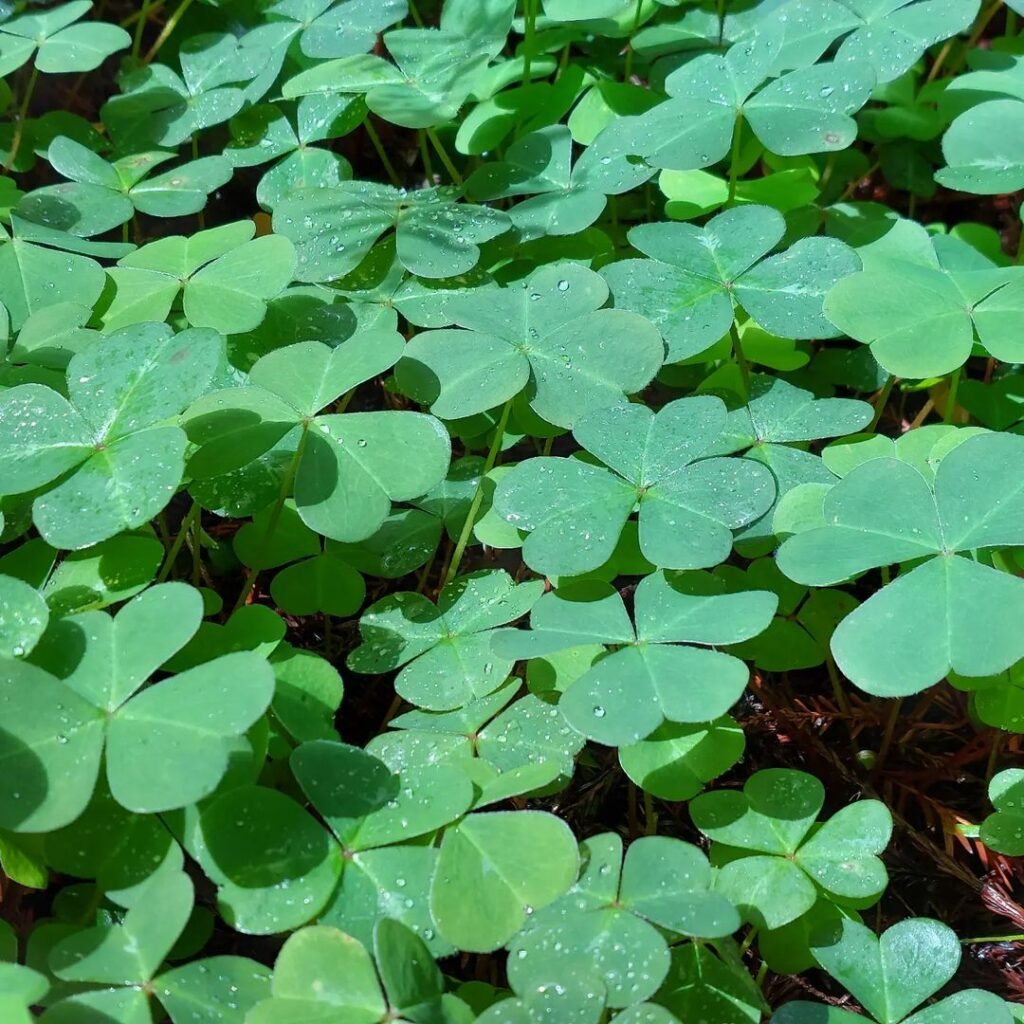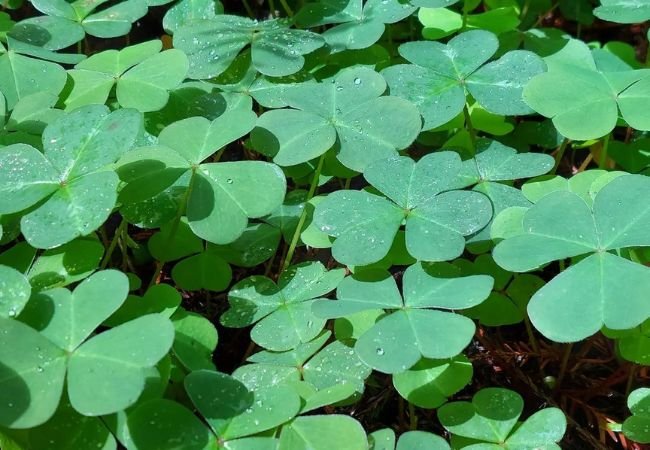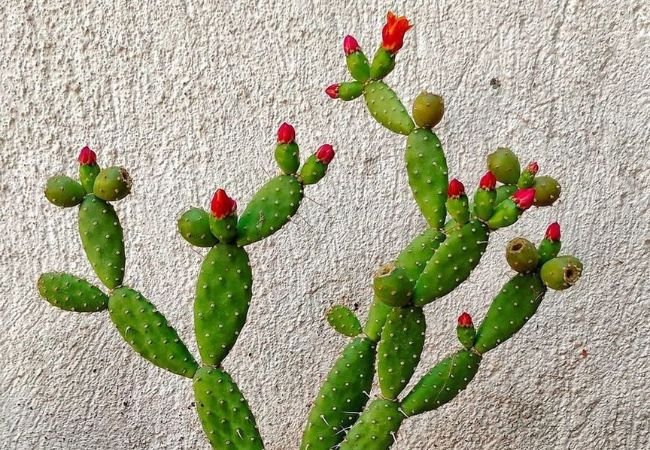Explore the captivating history, symbolism and unique facts about the four-leaf clover plant. Learn how to find and grow your own lucky clovers with our comprehensive guide.
Four-leaf clover have been captivating people for centuries, symbolizing good luck and rare beauty. But there’s more to these elusive plants than meets the eye. In this comprehensive guide, we’ll delve into the intriguing facts, myths and practical tips for finding four-leaf clovers, ensuring you come away with a deeper appreciation for these botanical marvels.
Here’s a clear and verified chart for Four-Leaf Clovers:
| Category | Details |
|---|---|
| Botanical Name | Trifolium repens (for the most common type) |
| Common Name | Four-Leaf Clover |
| Plant Name | Four-Leaf Clover |
| Zone | 3-10 (hardy and adaptable) |
| Sun Exposure | Full sun to part shade |
| Soil Type | Well-drained, loamy or sandy soil |
| Watering | Regularly; keep soil moist but not waterlogged |
| Growth Habit | Low-growing, spreading |
| Height/Spread | 6-12 inches tall / Spreads up to 18 inches |
| Special Features | Rare, with a genetic mutation causing the fourth leaf; considered lucky and often used in folklore |
What Are Four-Leaf Clovers?

Four-leaf clovers are rare variants of the common three-leaved clover, Trifolium repens. The mutation that produces a fourth leaf occurs approximately once in every 5,000 clovers, making these clovers highly sought after.
The Symbolism and History of Four-Leaf Clovers
Ancient Beliefs
In ancient times, Druids believed that carrying a four-leaf clover allowed them to see and ward off evil spirits. Each leaf symbolized faith, hope, love and luck .
Modern Interpretations
Today, four-leaf clovers are often associated with St. Patrick’s Day and Irish culture, representing good fortune and protection in the language of flowers.
How to Find a Four-Leaf Clover
Best Places to Search
- Patches of white clover (Trifolium repens) in lawns and fields.
- Densely packed clover areas, increasing the odds of finding a four-leaf specimen.
- Locations with rich soil and plenty of sunlight.
Search Techniques
Move slowly and scan the ground carefully, using a methodical approach by dividing the area into sections. Persistence is key!
Fun Facts About Four-Leaf Clovers
- Scientific Name: Trifolium repens.
- Genetic Mutation: Sometimes results in even more leaves; five- and six-leaf clovers are exceedingly rare.
- Record Holder: Most leaves found on a single clover stem is 56, discovered by Shigeo Obara of Japan in 2009.
Myths and Misconceptions
- Immediate Luck: Finding one is more symbolic of luck rather than a guarantee of immediate fortune.
- Always Green: They can sometimes have white streaks or patches, depending on the specific mutation.
Growing Your Own Four-Leaf Clovers
- Purchase Seeds: Look for specially cultivated seeds that produce a higher percentage of four-leaf clovers.
- Planting Tips: Sow seeds in well-draining soil with good sunlight exposure and water regularly but avoid overwatering.
- Care and Maintenance: Keep the area free of weeds and pests for healthy growth.
Four-leaf clovers are fascinating for their rarity and rich symbolism. Whether found in the wild or grown at home, they continue to enchant and bring joy to those who discover them.
For more gardening tips and plant care guides, visit usagardenhub.com






